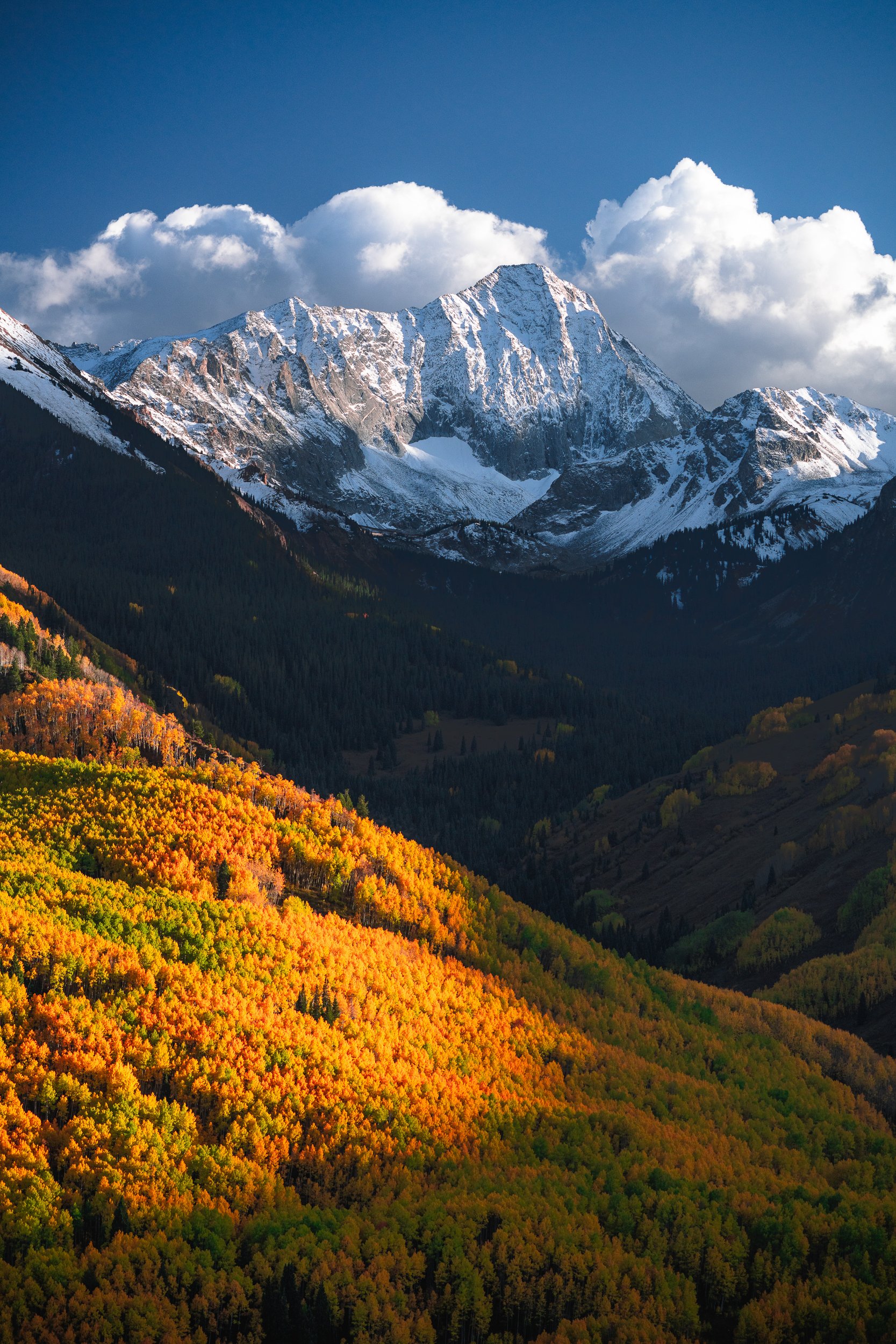Photos are one of the best ways to capture memories and share experiences with friends, family and the world. But if you're not a professional photographer, taking great travel photos can be a challenge. Here are eight easy tips to help you take amazing travel photos that will make your friends and family green with envy.
Use Natural Light
Whenever possible, use natural light instead of flash. Flash can be harsh and distort your subjects, while natural light will give your photos a softer, more natural look. If you're indoors, try to position yourself near a window. And when you're outdoors, take advantage of sunny days by getting out in the early morning or late afternoon when the sun is low in the sky and provides softer light, or better yet, during golden hour and blue hour. Shooting at golden hour and blue hour allows for much more depth to your finished photos as well as ideally provides a splash of color to your subject and the surroundings.
Get Closer to Your Subjects
One of the biggest mistakes people make when taking photos is standing too far away from their subject. Get closer to fill up the frame with your subject matter and create a more intimate feeling in your photo. This is especially important when taking portraits or photos of animals, especially if you do not have a telephoto lens, as it will help capture their personality and expressions.
Use Leading Lines
Leading lines are lines in your photo that lead the viewer's eye from one element to another. They can be created by objects in the scene itself, like roads or fences, or they can be lines you create within the frame, like the edge of a table, a horizon line, or even a winding road. Leading lines help guide the viewer's eye through the photo and can be used to create both dynamic and calming compositions.
Shoot in Burst Mode
Burst mode is a great way to ensure you capture that perfect moment. Burst mode takes multiple photos in quick succession, so even if your timing is off slightly, you're likely to get at least one great shot. This is especially helpful when taking action shots or photographing moving subjects like animals, athletes or vehicles. Just hold down the shutter button while burst mode is enabled on your camera and let it do its thing.
Edit Your Photos
Editing doesn't have to mean spending hours hunched over a computer screen tweaking every tiny detail. A few simple edits can make a big difference in the overall look of your photo. Try adjusting the white balance, exposure, contrast, or saturation levels to bring out different details in the photo. You can also crop your photo to change the composition or remove distracting elements from the frame. These edits can be done quickly and easily using most basic photo-editing software programs. Until you get the hang of editing your own photos, you could try using presets available both for free, or often by your favorite photographers to get a glimpse into their editing style and what you can do to better match that in your own workflow and style.
Get to Know Your Camera
If you're serious about photography, then it's important to get to know your camera inside and out. Learn all of its functions and capabilities so that you can take full advantage of what it has to offer. The better you know your camera, the better your photos will be. Trust me on this one! Some settings and features have the potential to unlock shots and sequences you only dreamed of and you can get wildly creative with some of them.
Play Around with Different Settings
Don't be afraid to experiment with different settings on your camera. Things like aperture, shutter speed, and ISO can all have a big impact on the final results, but so can shooting time-lapses in aperture priority for example. Take some time to experiment and see what works best in different lighting conditions. You may be surprised at what you can achieve!
Composition is Key
Last but not least, don't forget about composition. This is one of the most important aspects of photography, yet it's often overlooked by beginners. A good composition can make or break a photo, so it's definitely something that you'll want to keep in mind when framing up your shots.
There are no hard-and-fast rules when it comes to composition, but there are a few guidelines that can help you get started. For instance, the rule of thirds is a popular compositional technique that many photographers use. Simply put, this rule states that an image should be divided into thirds both horizontally and vertically. Then, the main subject should be placed at one of the intersections or along one of the lines. Playing around with different compositions and seeing what works best for each individual photo is essential and can make some otherwise mundane scenes transformed into something remarkable.
Taking great photos doesn't have to be difficult--just follow these five easy tips and you'll be sure to wow your friends and family with your amazing photography skills.








